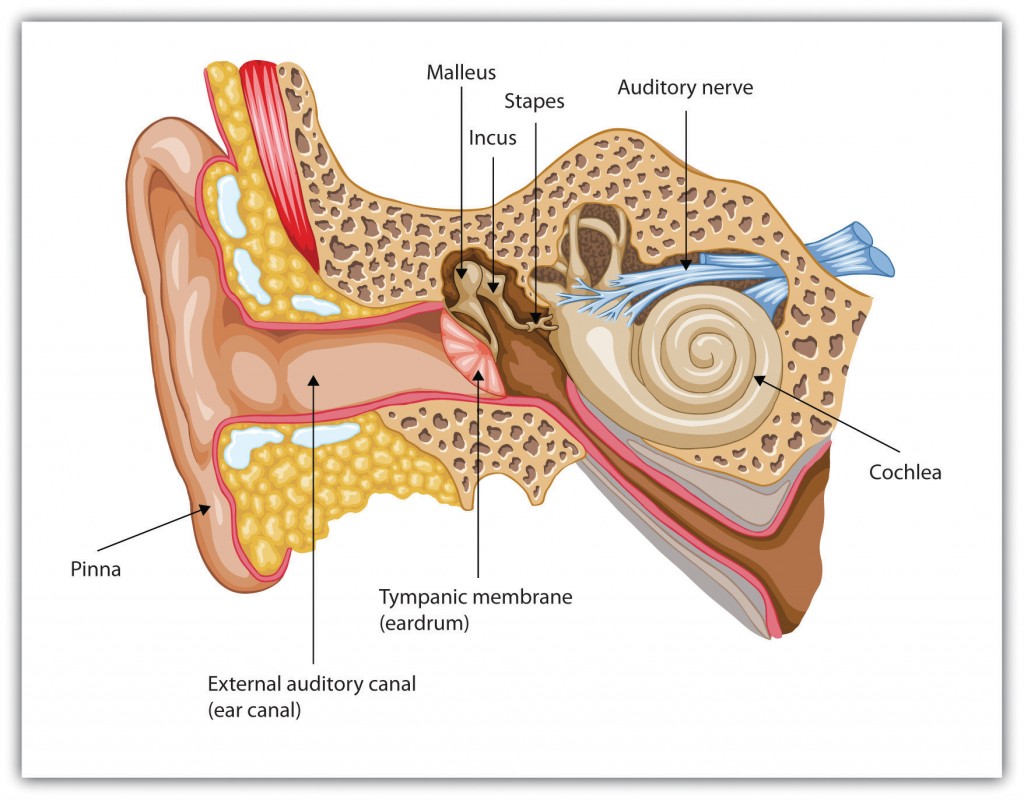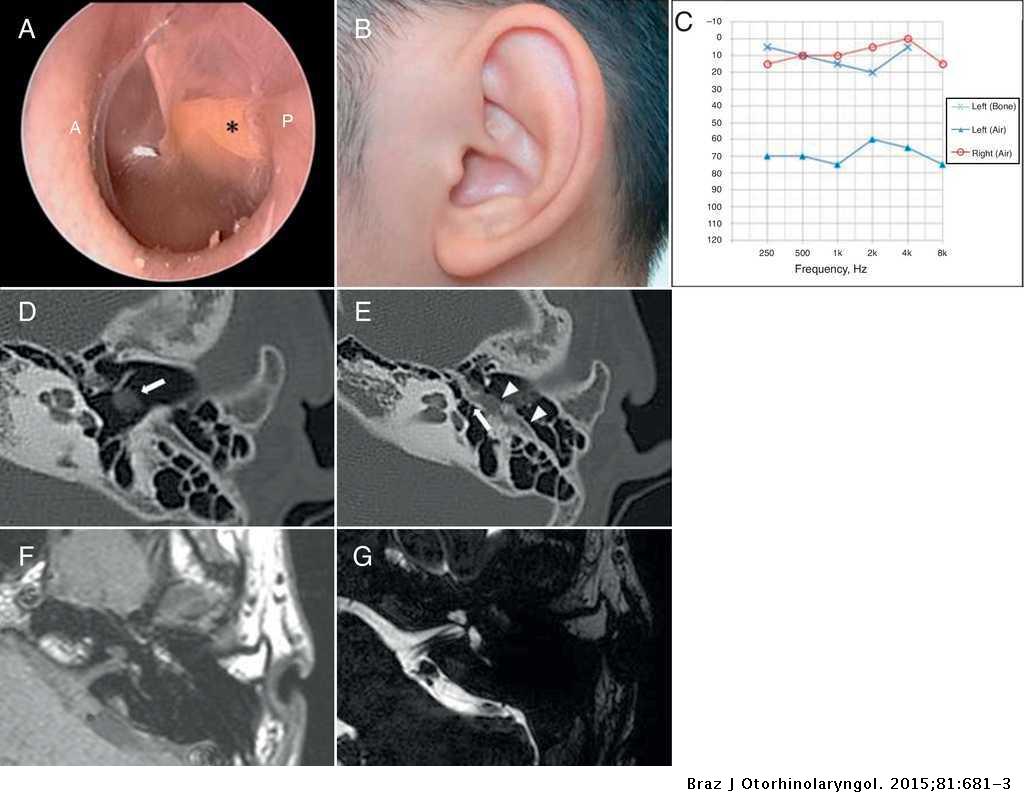An eardrum rupture, also known as a tympanic membrane perforation, is a condition where the thin tissue separating the ear canal from the middle ear gets torn or damaged. This can lead to discomfort, hearing issues, and an increased risk of infection. Understanding the causes, recognizing the symptoms, getting an accurate diagnosis, and following appropriate treatment are essential for managing this condition effectively.

What is an Eardrum?
The eardrum is a delicate, cone-shaped layer of tissue located at the end of the ear canal. It plays a critical role in the process of hearing by vibrating when sound waves hit it. These vibrations are then transmitted to the small bones in the middle ear, which amplify the sound and send it to the inner ear. Without a healthy eardrum, the ability to hear clearly can be significantly compromised.
Causes of Eardrum Rupture
An eardrum can rupture due to various reasons. Some of the most common causes include:
Infections
- Ear Infections: Middle ear infections, especially in children, can cause a buildup of fluid behind the eardrum. The pressure from this fluid can eventually lead to a rupture.
- Severe Cold or Sinus Infections: These conditions can sometimes spread to the ear, increasing the likelihood of eardrum damage.
Trauma
- Inserting Objects into the Ear: Using cotton swabs, hairpins, or other objects to clean the ears can accidentally puncture the eardrum.
- Sudden Impact: A direct blow to the ear, such as during sports or accidents, can result in a rupture.
- Explosions or Loud Noises: Exposure to extremely loud sounds, like explosions, can create a shockwave that damages the eardrum.
Barotrauma
- Changes in Air Pressure: Activities such as scuba diving, flying in an airplane, or driving up a mountain can cause pressure imbalances between the inside and outside of the ear, leading to a rupture.
Other Causes
- Head Trauma: Severe head injuries can sometimes affect the eardrum.
- Acoustic Trauma: Prolonged exposure to loud noises, such as from machinery or concerts, can weaken the eardrum over time.
Symptoms of Eardrum Rupture
Recognizing the symptoms of an eardrum rupture is crucial for seeking timely medical attention. Common signs include:
- Ear Pain: A sudden, sharp pain in the ear may occur at the moment of rupture, followed by relief as the pressure is released.
- Hearing Loss: The extent of hearing loss can vary depending on the size and location of the rupture.
- Ear Drainage: Fluid, pus, or blood may drain from the ear, indicating a possible infection or injury.
- Ringing in the Ear: Also known as tinnitus, this symptom can manifest as buzzing, hissing, or ringing sounds.
- Vertigo: A spinning sensation or dizziness may occur if the rupture affects the balance mechanisms in the inner ear.
- Nausea or Vomiting: These symptoms may accompany vertigo and indicate a more severe issue.
Diagnosis of Eardrum Rupture
To diagnose an eardrum rupture, healthcare professionals typically perform a thorough examination. The diagnostic process may involve:
Physical Examination
- Otoscope Examination: A specialized instrument called an otoscope is used to look inside the ear. This allows the doctor to visually inspect the eardrum for tears, holes, or other abnormalities.
- Pneumatic Otoscope Test: This test involves blowing a small puff of air into the ear canal to observe how the eardrum responds. A ruptured eardrum will not move as expected.
Audiology Tests
- Hearing Tests: These tests measure the degree of hearing loss and help determine whether the rupture is affecting auditory function.
Additional Imaging
- Tympanometry: This test evaluates the movement of the eardrum and the pressure within the middle ear.
- Computed Tomography (CT) Scan: In cases where the diagnosis is unclear or complications are suspected, a CT scan may be ordered to get a detailed view of the ear structures.
Treatment Options for Eardrum Rupture
Treatment for an eardrum rupture depends on the severity of the condition and the underlying cause. In many cases, the eardrum heals on its own within a few weeks. However, certain interventions may be necessary to promote healing and prevent complications.
Home Care and Observation
- Keep the Ear Dry: Avoid swimming or submerging the head in water to prevent further irritation or infection.
- Avoid Inserting Objects: Refrain from using cotton swabs or other items in the affected ear.
- Over-the-Counter Pain Relief: Medications like ibuprofen or acetaminophen can help alleviate pain and reduce inflammation.
Medical Treatments
- Antibiotics: If there is an infection present, the doctor may prescribe antibiotics to clear it up and prevent further complications.
- Eardrops: Medicated eardrops may be recommended to relieve pain or treat an infection.
Surgical Intervention
- Tympanoplasty: For larger ruptures or those that do not heal on their own, surgery may be required. Tympanoplasty involves grafting a small piece of tissue onto the eardrum to close the hole.
- Myringoplasty: Similar to tympanoplasty, this procedure focuses specifically on repairing the eardrum without addressing other parts of the ear.
Preventing Recurrence
- Protective Measures: Use earplugs when swimming or exposed to loud noises to safeguard the ears.
- Regular Checkups: Routine visits to an ear specialist can help monitor the health of the eardrum and address any issues early.
When to Seek Medical Attention
While some eardrum ruptures heal without intervention, certain situations warrant immediate medical care. Seek professional help if you experience:
- Persistent or worsening pain
- Significant hearing loss
- Continuous discharge from the ear
- Fever or other signs of infection
- Dizziness or balance problems
Living with an Eardrum Rupture
Managing life with an eardrum rupture involves patience and adherence to medical advice. While the condition can be uncomfortable and inconvenient, most individuals recover fully with proper care. By understanding the causes, recognizing the symptoms, and following the recommended treatments, individuals can minimize complications and support the healing process.





